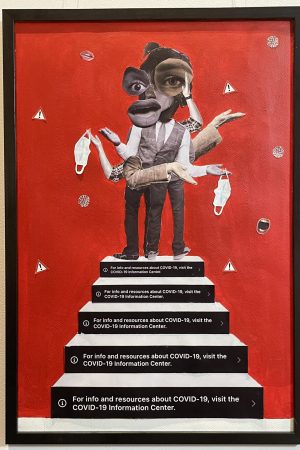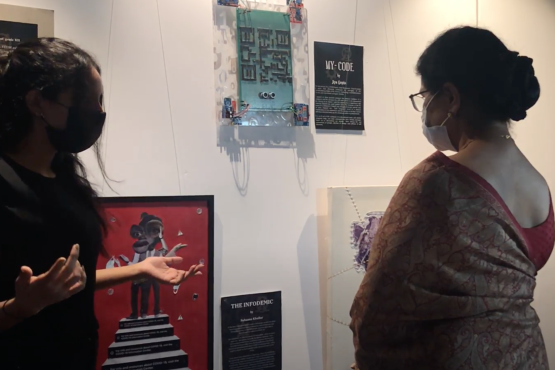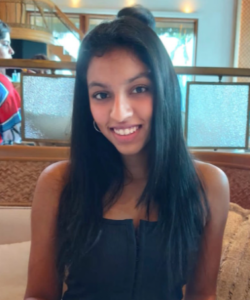The Infodemic

In the first 3 months of 2020, nearly 6,000 people around the globe were hospitalised because of coronavirus misinformation, and during this period, at least 800 people may have died due to misinformation related to COVID-19. The infodemic, an overabundance of information – some accurate, some not -has spread alongside the disease outbreak. False information wreaks havoc, including conspiracy theories that discredit the threat of the virus. Social media has a significant impact on spreading panic about COVID-19 among people, with a negative impact on their mental health and psychological well-being. In my piece I have depicted a digital age, where the infodemic has spread like wildfire. People have ample trustworthy resources to rely on, but they are overshadowed by misinformation from social media. This has created a breeding ground for uncertainty, which in turn fuels panic, scepticism and distrust, which is the perfect environment for fear, anxiety, finger-pointing, stigma, violent aggression and dismissal of proven public health measures – all which can lead to loss of life. Public trust in science and evidence, supporting credible sources and improving our digital literacy is essential for overcoming COVID-19 and can help save thousands of lives.


About the Artist
Suhaana Khullar is an 18 year old student at The Cathedral and John Connon School. She enjoys psychology and economics and is an aspiring graphic designer. She attempts to reflect her passion in her art by exploring the unconventionality in her surroundings. She explores the connection between psychology and art and due to this, her paintings bring to light illusions and innovative perspectives on conventional and seemingly mundane things.